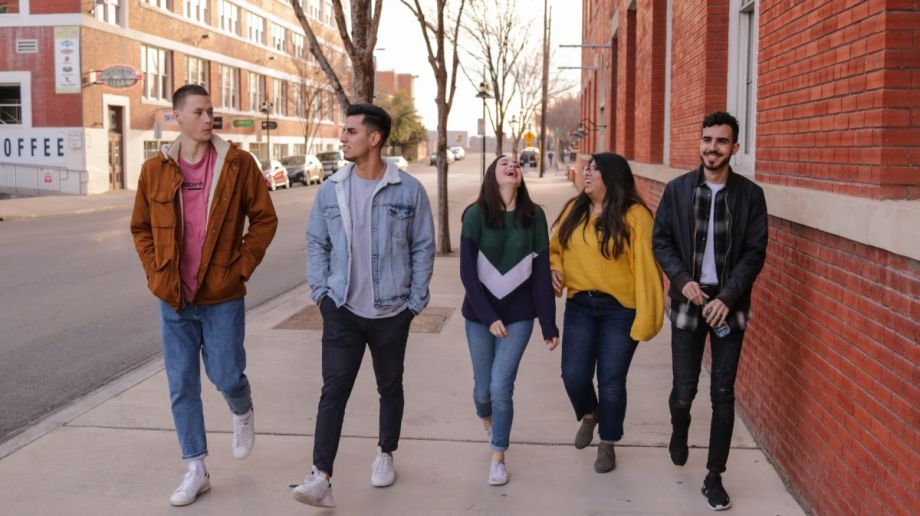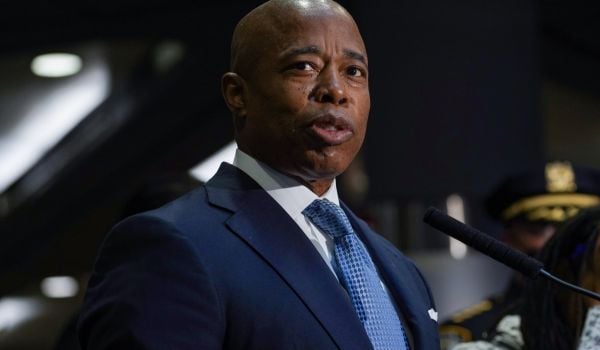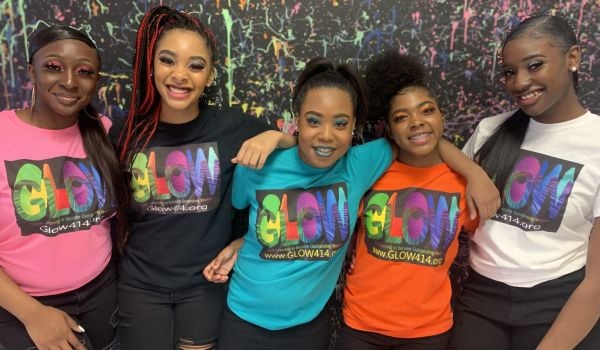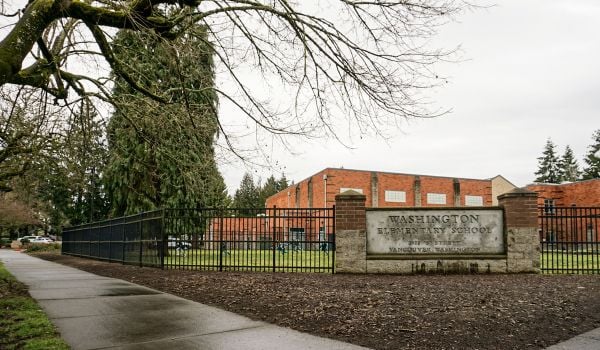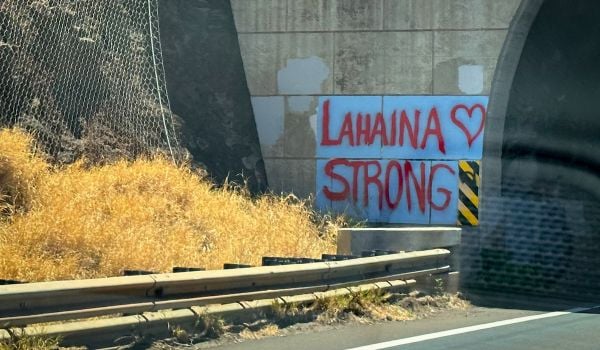This article is being co-published with The Imprint, a national nonprofit news outlet covering child welfare and youth justice.
Experts in the social services industry, government officials and university scholars have long crafted programs serving vulnerable youth. At times, young people in foster care, or those living on the streets or behind bars, would be consulted. But often, their input was limited or little more than an afterthought.
That approach appears to be changing, along with the concept of who qualifies as an expert: Across the country, young people with “lived experience” now increasingly drive policies and programs in the human service sector.
New York City’s overhaul of its network of care for homeless youth is the latest example.
Under a new plan announced last week by Mayor Eric Adams, the city will now offer 102 “rapid rehousing” beds, provide more rental assistance and hire young people with experience living on the streets to help homeless youth navigate the system. A mobile app will quickly connect young people with immediate assistance, while dedicated caseworkers will help them manage money and navigate household life.
Young people guiding the city on how best to serve their peers stood alongside the mayor last week. Lyndon Hernandez, the co-chair coordinator of the city’s youth advisory board, was among them. The advisory panel is made up of directly impacted young people who use their experiences to inform policy. He said members were instrumental in the city’s overhaul of its homeless youth services.
“Throughout the process,” he said, the youth board “remained intentional” as key collaborators. The result was “a plan that is intersectional in its approach to meet the needs of youth experiencing homelessness.”
The effort was launched in September 2021, when New York City was awarded $15 million in federal funds. In addition to youth contributors, the plan was created by 15 city agencies, advocacy groups, and a variety of community leaders.
According to city data, more than 4,000 unaccompanied and parenting young people experienced homelessness on a single night in 2020. Marginalized groups — LGBTQ, Black and brown youth are disproportionately impacted by homelessness.
The Opportunity Starts with a Home: New York City’s Plan to Prevent and End Youth Homelessness follows an eight-month collaboration.
“We didn’t do this from our voices. We heard them,” Adams noted at last week’s release. “We said, ‘You come, those of you who have experienced homelessness, tell us the best ways to fix this problem.’”
Initiatives driven by youth with lived experiences can be found across the country.
In New York, a national nonprofit organization dedicated to ending youth homelessness, Point Source Youth, works with advocates with lived experience to craft new initiatives and influence policies that directly affect them.
Another national nonprofit that runs a research and development lab centered on child welfare innovations, Think Of Us, has launched a new Center for Lived Experience. The organization focuses on centering lived experience every step of the way, but its new initiative draws on young people’s lives in an even more focused way, relying on them to co-produce research, co-design interventions and develop policy frameworks.
In Oakland, California, a group of former foster youth was hired to create a universal basic income program — cash assistance approved by the Alameda County Board of Supervisors in June. As a result, starting next year, 90 young adults aging out of foster care will receive a $1,000 no-strings-attached monthly stipend for two years.
In New York City, the youth advisors helped craft a host of new opportunities for young people who would otherwise be homeless. The city plans to have its first-ever “host home” program primarily serving the LGBTQ youth, adding over 20 city jobs for those with lived experience of homelessness, creating a peer-to-peer training institute and a mobile platform to connect youth to services.
Another addition will be 16 full-time peer navigators across the city’s eight homeless drop-in centers, to support youth with school, permanent housing and employment.
“When young people come in they will have someone with lived experience similar to theirs, who understands how to navigate the system,” said Amy Wilkerson, Sheltering Arms vice president for youth services.
Good Shepherd Services, Sheltering Arms and HeartShare St. Vincent’s Services will provide aftercare and life skill services to prevent homelessness as part of an expanded “rapid rehousing” program providing rental assistance for up to three years. Caseworkers will help the young people navigate their new home lives and prevent economic insecurity.
Matthew Morton, a Chapin Hall research fellow at the University of Chicago who co-designs and authors many of his studies with youth, said having young people at the table counters a long history of programs and policies emerging from assumptions of what young people need, rather than their actual needs. And New York City’s plan is further evidence.
“The most important strength about NYC’s new plan to prevent and end youth homelessness is the fact that it was co-created by young people with lived expertise,” Morton said in an email. “The solutions presented in this NYC plan are smarter, bolder, and more focused on the true causes of youth homelessness because some incredible young people made sure of it.”
Madison Hunt is a New York-based reporter for The Imprint covering child welfare and the youth justice system.

